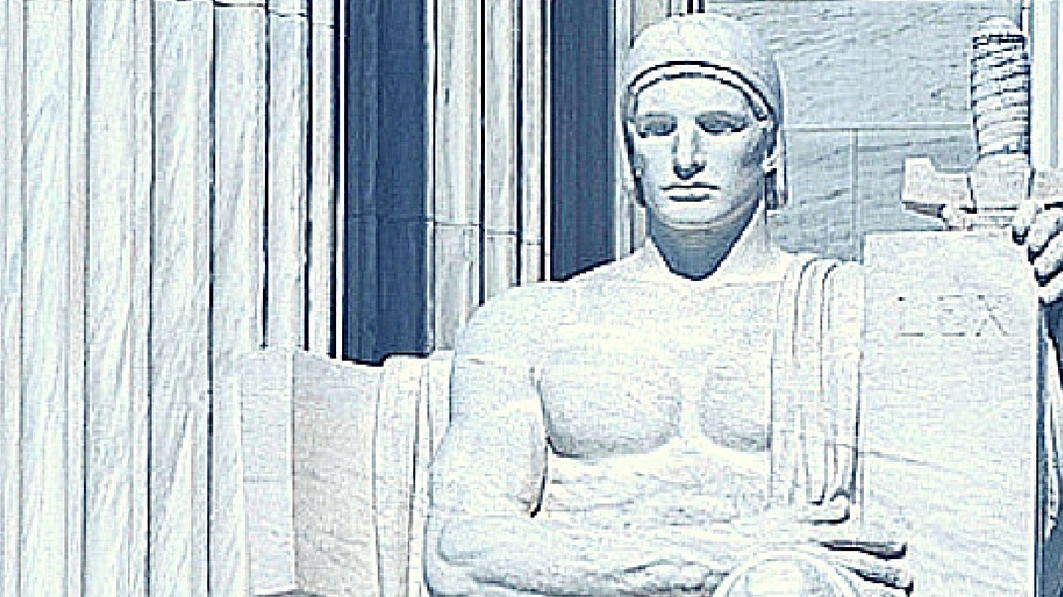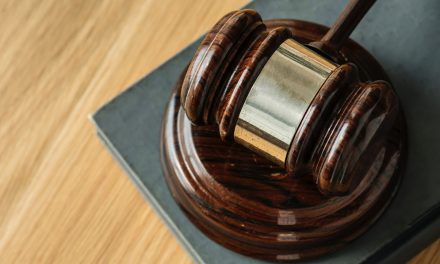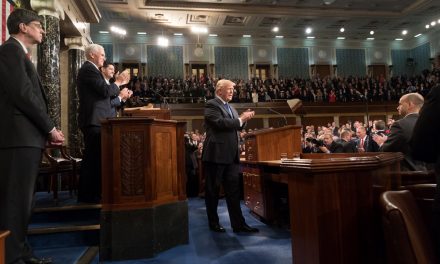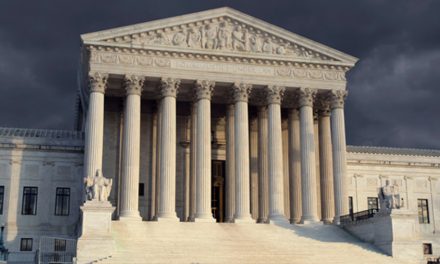A U.S. Supreme Court vacancy always triggers a spirited political and cultural debate over a future nominee. It also brings up questions about the rights, privileges and duties of both the President and the U.S. Senate in the nomination and appointment process. Here are answers to six of the most frequently asked questions:
Q: Can The Current President Simply Appoint A New Justice?
A: No. The process involves both the President and the U.S. Senate, and that bi-lateral responsibility is one of the “checks and balances” our Founders built into the U.S. Constitution to prevent one branch of government from exercising unchecked power.
Q: What Does The U.S. Constitution Say About Appointing A New Justice?
A: Here’s the process the Constitution lays out: The President nominates a candidate; the Senate provides “advice and consent,” which results in either a confirmation or defeat of the nomination; and if confirmed, the President then “appoints” the nominee to the Supreme Court. If defeated, the President then presents another nominee to the Senate, and the process begins again. The precise language for this process is set forth in Article II, Section 2, Clause 2 of the U.S. Constitution:
“[The President] shall have power, and with the advice and consent of the Senate, to make treaties, provided two thirds of the Senators present concur; and he shall nominate, and by and with the advice and consent of the Senate, shall appoint ambassadors, other public ministers and consuls, judges of the Supreme Court, and all other officers of the United States, whose appointments are not herein otherwise provided for….”
Q: Is There A Required Time Frame For The Senate To Act, Once The President Nominates Someone?
A: No. The Constitution is silent on the subject, which leaves it up to the political process and internal Senate rules to resolve. The Senate is in charge of its own rules for proceeding with business (Const. Art I, Section 5), including nominations. In addition to written rules, it sometimes operates from tradition, including unwritten rules that have guided Senate practice for years, even decades.
Q: What Are The Rules And Practices Of The Senate For Dealing With Judicial Nominations?
A: Once the nomination has been presented to the Senate by the President, the matter is referred to the Senate Judiciary Committee, which typically investigates the nominee’s qualifications, holds hearings and then takes a vote. When the judicial nominee is for a vacancy other than the Supreme Court, the committee’s vote, if negative, kills the nomination and the full Senate never votes on it. However, due to the importance of a Supreme Court nomination, the Senate Judiciary committee’s tradition is to take a non-binding vote reflecting its recommendation, and send the nomination to the full Senate for debate and possible vote.
The Senate Judiciary committee is comprised of members of both parties, with the majority party in the Senate also comprising a majority of the members on the committee.
Q: Is There A “Check And Balance” Against A Hostile Senate’s Rejection Or Obstruction Of A Nominee?
A: Yes; there are two major ones. First, only the President can nominate a potential justice, so the Senate cannot hand pick a nominee. That ensures the President always enjoys the prerogative of choosing a nominee of his or her liking, even if it’s a second or third choice. Second, Senators are accountable to their state’s voters, who have the ability to vote them out of office if they disapprove of their conduct in office, including how they deal with nominations.
Q: How Many Supreme Court Nominations Have Failed?
A: According to the Congressional Research Service, between 1789 and 2011 there were 160 nominations for the Supreme Court, and 36 of those were not confirmed. Some were withdrawn by the President before a final vote, some were never brought up for a vote, and some were rejected in a vote.Source: Congressional Research Service: Supreme Court Nominations: Senate Floor Procedure and Practice, 1789-2011 https://fas.org/sgp/crs/misc/RL33247.pdf






